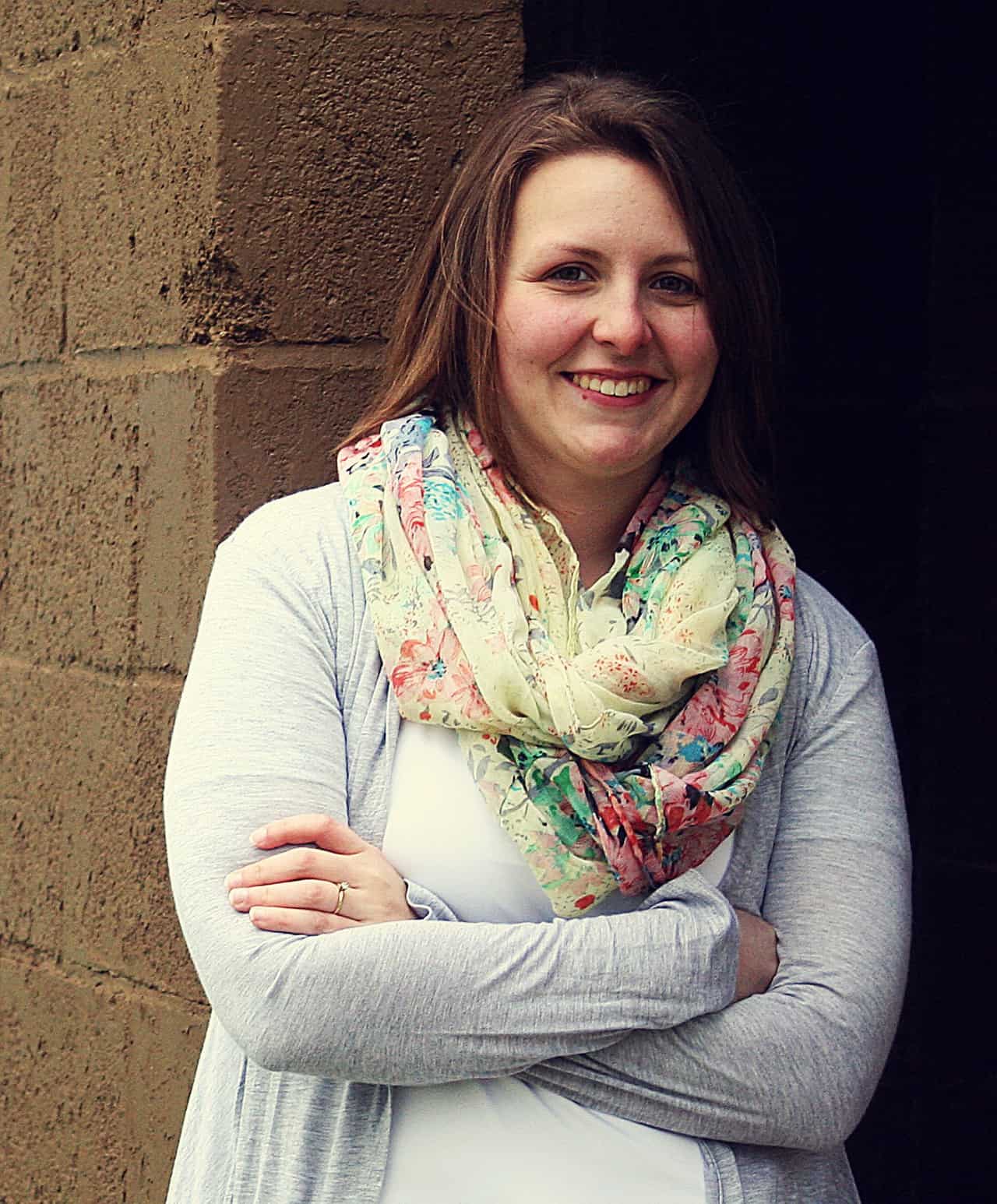Secure Your Future Series: How to Save Money

Saving money… sounds so easy to do. Fast forward to the end of the month and there never seems to be enough to put aside. Or you just forget and spend it on Starbucks, dessert, or eating out. Sometimes it’s hard to save money for the future when there are items that you could use or want now. On the other hand, your future self will thank you for starting today.
We will go over a couple of ways to develop the habit of saving. You don’t have to have a detailed, thorough retirement plan right at this moment or even a plan at all, right now the important step is to just start saving. There are several simple ways to get started:

This blog post may contains affiliate links, read full affiliate disclosure here.
Ways to get started
Option #1: $5 method
Simple, every time you make a cash purchase and part of the change you have a five-dollar bill you tuck that 5 dollar bill away in an envelope.
I get nowadays that most people use their debit cards and don’t carry much cash on them for that way to be particularly effective. Therefore, we need to put a spin on it for the card users. Every time you make a “nonessential” purchase (going out to eat, dessert, movies) take out an extra five dollars and tuck that away in an envelope. Another idea for us card-users is to determine our own frequency whether its once a week, once a month, or each time we get paid that we put away $5 in our envelope.
Keep the envelope someplace safe and out of your reach. Anyone up for stuffing their mattress?

Keeping the envelope at home will lessen the temptation for you to “dip” into the envelope for an instant gratification purchase. Every six months or so, or when the envelope is full you can either deposit it into a savings account or your retirement fund once you have one.
Then just start the process over again. Remember this is for the LONG haul. It might be hard to have that money and not spend it on something right now. To help with resisting temptation you need to remember those personal reasons why you are saving like we highlighted earlier in this post and refer back to them as often as you need to hold your resolve. Another way to help resist temptation is to put the money into an account that you can’t touch without the money being penalized. This would be an Individual Retirement Account (IRA), 401(k), or even a Health Savings Account (HSA). Yes, a HSA can be used for health needs now AS WELL AS retirement in the future!
Option #2: 1-50 or 1-100 plan
Another method of saving, you can choose to do this with envelopes or on the computer. Doesn’t matter how but what is important is that you keep track of what you are saving.
Envelope method:
Take out 50 to 100 envelopes depending on which you would rather and write a number on each envelope: 1, 2, 3, 4,… continue until you reach the number 50 or 100.

Each week pick two envelopes and put the corresponding cash amount into that envelope:
{1 & 20}
[3 & 8]
[10 & 33]

And so on and so forth. Put the envelopes in a safe, file cabinet, a place where they are safe and you can just forget about it
If you went the [1-50] route then you will have roughly $1275 at the end of six months. In just SIX months. Going with [1-100] will take double the time but at the end of one year you will have about $5050!!!!
YAHOO!!!!! Pretty lovely, right?

Electronic method
So I know that most individuals prefer online. I am one of those that still keep a planner because I like writing my notes out, writing helps me remember, unlike typing. Do what works for you.
Anyway, the online method requires a checking or savings account that you plan on NOT touching; an account that you can transfer the money to and forget about easily. I realize that this can also be your retirement fund if you have one set up already.
However, if you don’t have one yet and are unsure what type of fund you want and you want to start saving now… then opening a simple checking or savings account is super easy. That way you can be saving while you research the types of retirement funds available to you.
You need one other tool to make this work; an excel spreadsheet to keep track of what “numbers” you have saved so far and what week you put it away. You can whip up a very simple spreadsheet listing number 1-50 or 1-100 and cross off the ones you saved. If you aren’t into it or you don’t have the time, I have included two excel spreadsheets; one for 1-50 plan and another for the 1-100 plan. Just make a copy of the one you want to use and start your saving journey.


Each worksheet is extremely simple in design. In the “Weeks” excel sheet enter the first week you start to save on Week #: 1. Enter which numbers you are going to transfer to your savings account in “Envelopes filled” columns. Then switch to the “1-50 Checklist” excel sheet and highlight the numbers that correspond with the “Envelopes filled” area. Continue the process each week.
I know you aren’t actually filling envelopes if you are just transferring the funds online each week but you get the drift. You just want to record what numbers you used each week.
Another note: highlighting the numbers makes it easy to spot which ones you haven’t used yet. It would also be easier to set aside the same time every week to sit down, fill this out, and transfer the funds. So the process becomes a habit and you are less likely to forget and miss a week.
Save a certain amount each paycheck
This could be as low as $5, remember that just getting started is what counts. Eventually, you would want to put aside around 5% to 10% of your paycheck. That percentage could be larger, up to 15%. It is dependent on your current life situation, your ambitions, and your priorities. Put simply, how much can you put away right now and how much can you free up to save in the future?
In order for you to make that call, it would be wise to know what your budget is or where your money is “flowing” to. Knowledge is power. Knowing where your money is going allows you to know exactly how much you have a month to put aside for retirement without worrying if you will be able to cover your bills.
Wrap up
I would suggest checking out the Four Laws to Debt-Free Prosperity, a fabulous book, and a great help when we were looking to make a change in our lives. We were also at the place where we were just scraping by and buried under credit card and medical debt. By following the plan outlined in the book we are starting to breathe easier.
You might be surprised that money is falling through cracks you didn’t know were there. It might be a pain but revamping your budget and meticulously tracking your spending for a month or so will give you some valuable insight. You will discover what changes need to be made and sacrifices that need to be made to reach your goal.
Previous post: Reasons to Start Saving
Next post: Retirement Accounts



